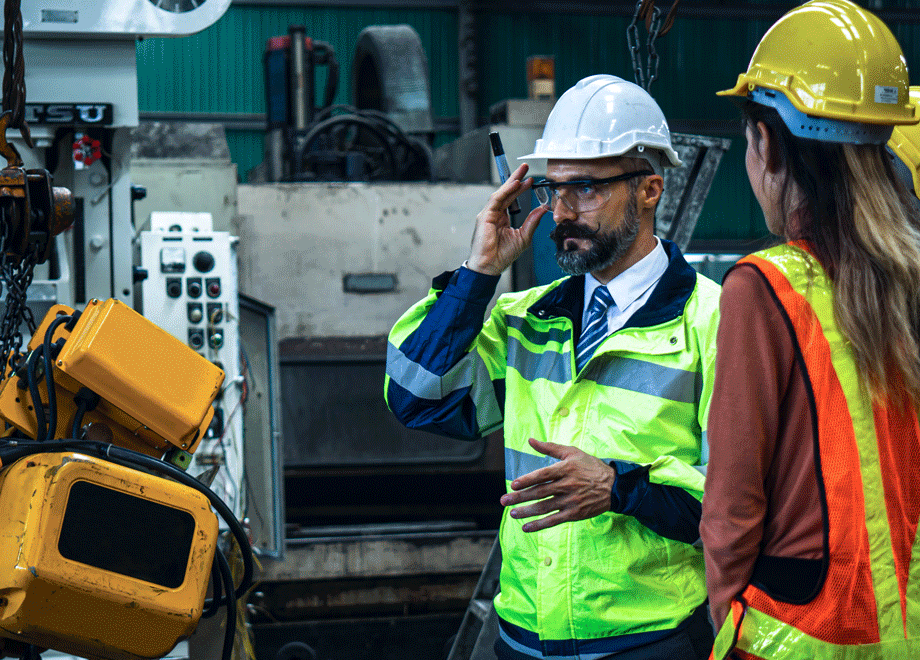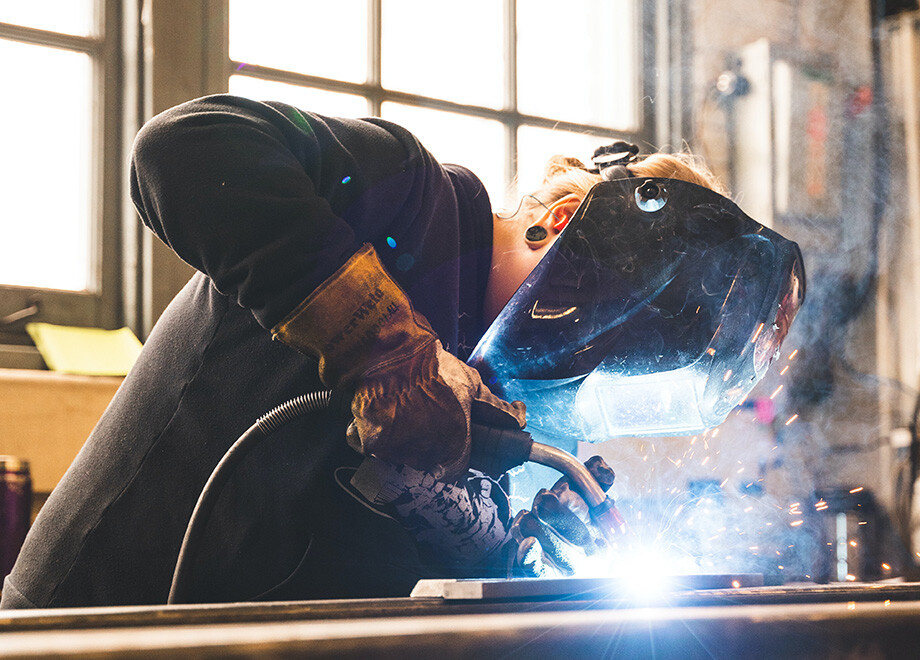Exclusive distributorship with Fantech Pty. Ltd.
Plymovent announces exclusive distributorship with Fantech Pty. Ltd. for Australia and New Zealand.

The Dutch Labour Inspectorate has started targeted inspections in the metalworking sector, focusing on welding fume exposure. Companies in this industry are under increased pressure to protect their workers and comply with health and safety regulations. For over 50 years, Plymovent has helped organizations do just that – with smart solutions and expert advice for cleaner air at work.
Welding fumes contain harmful substances like manganese, nickel, and chromium. Inhaling them can lead to serious health problems – including respiratory issues, lung disease, and even cancer. That’s why strict exposure limits and control measures are required by law.
While these inspections are currently happening in the Netherlands, the issue is just as relevant in the United States and Canada.
If your facility operates in North America, it’s a smart time to review whether your current setup still meets all requirements – and Plymovent can help.

In the Netherlands, inspectors are checking whether companies:
If these conditions aren't met, companies may face warnings, fines, or even forced shutdowns.
Source extraction is the most effective way to capture welding fumes before they spread. Plymovent systems are designed to safely remove dangerous particles right at the source – helping your team stay protected and your business stay compliant.

With five decades of experience, we offer a complete range of solutions:
Our goal is simple: a safe, healthy, and future-ready workplace for everyone.
These inspections serve as a wake-up call to review your current approach. Have questions about local requirements, source extraction, or air quality monitoring? Get in touch – we’ll help you evaluate your setup and recommend the best next step.
Source:
More details about the Dutch inspections are available on the Labour Inspectorate’s LinkedIn page.
We're happy to help!